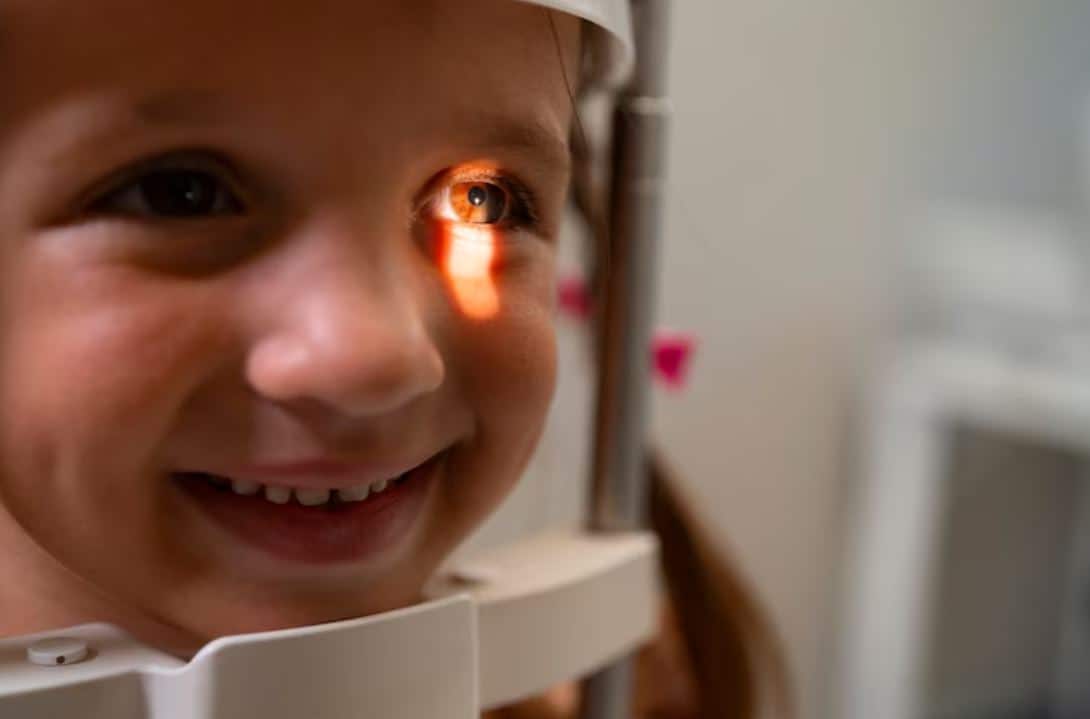Retinoblastoma is a rare but aggressive form of eye cancer that primarily affects young children, typically under the age of five. It originates in the retina, the light-sensitive tissue at the back of the eye, and can lead to vision loss, eye removal, or even death if not diagnosed and treated promptly. Retinoblastoma accounts for approximately 3% of all childhood cancers, yet awareness about this disease remains limited among the general public. Raising awareness is vital for early detection, effective treatment, and improved survival rates.
What is Retinoblastoma?
Dr Sachin Vasant Mahuli, Dr Agarwals Eye Hospital, Belgaum, Karnataka says, “Retinoblastoma develops when cells in the retina begin to grow uncontrollably due to a genetic mutation. The disease may affect one eye (unilateral) or both eyes (bilateral). In many cases, the cause is a mutation in the RB1 gene, which can be inherited or occur spontaneously. Children with a family history of retinoblastoma are at a higher risk, but the majority of cases occur without any known family history.”
“One of the most common and earliest signs of retinoblastoma is a white reflection in the pupil, often noticed in photographs where the flash creates a white “cat’s eye” appearance. Other symptoms include crossed eyes (strabismus), persistent redness or swelling of the eye, poor vision, or a visible mass in the eye,” explains Dr Sachin.
Importance of Early Detection
Early diagnosis of retinoblastoma significantly improves the chances of saving the child’s life and preserving their vision. Dr Sachin says, “With prompt and appropriate treatment, the survival rate for retinoblastoma in developed countries is over 95%. However, in low- and middle-income countries, the survival rate drops dramatically due to late diagnosis, limited access to healthcare, and lack of awareness.” Many children in these regions present with advanced disease, which often requires more aggressive treatment or leads to fatal outcomes.
Dr Sachin emphasises, “Routine eye screening in infants and toddlers is essential. Pediatricians and primary care providers play a crucial role in recognising early warning signs and referring patients to specialists without delay.” Parents and caregivers should also be educated about the symptoms and the importance of regular eye check-ups, especially if there is a family history of the disease.
Treatment Options
The treatment for retinoblastoma depends on the size, location, and extent of the tumor, as well as whether one or both eyes are affected. Dr Sachin says, “Options may include chemotherapy, laser therapy, cryotherapy (freezing treatment), radiation, or surgery to remove the eye (enucleation) in severe cases. Advances in medical science have allowed for more targeted therapies, aiming to save the eye and vision while minimising side effects.”

Genetic counseling is recommended for families, especially in bilateral or inherited cases, to assess the risk for future children and other family members. Regular follow-up is crucial, as survivors of retinoblastoma, particularly those with the inherited form, are at increased risk of developing other types of cancer later in life.
Raising Awareness
May is observed as Retinoblastoma Awareness Month in many countries, with initiatives focused on educating the public, supporting affected families, and advocating for early screening. Public health campaigns, community outreach, and collaboration with healthcare professionals are key to spreading knowledge and reducing disparities in care.
Stories of survivors, parental advocacy, and the work of non-profit organisations have brought much-needed attention to retinoblastoma. These efforts emphasise the message that early detection saves sight and lives.
Retinoblastoma, though rare, is a serious condition that demands attention. Through education, early screening, and equitable access to healthcare, we can ensure that more children survive this disease with their vision and quality of life intact. Awareness is the first step in the fight against retinoblastoma—by recognising the signs and acting swiftly, we can bring hope and healing to countless families worldwide.

